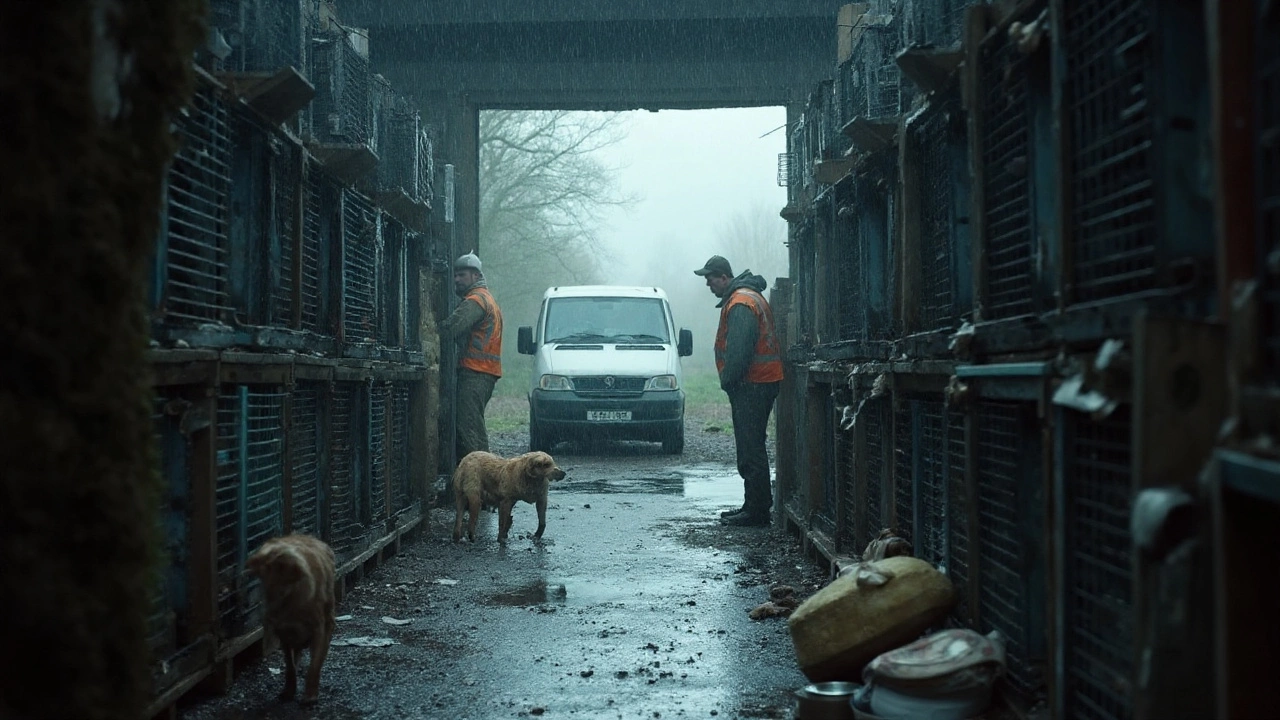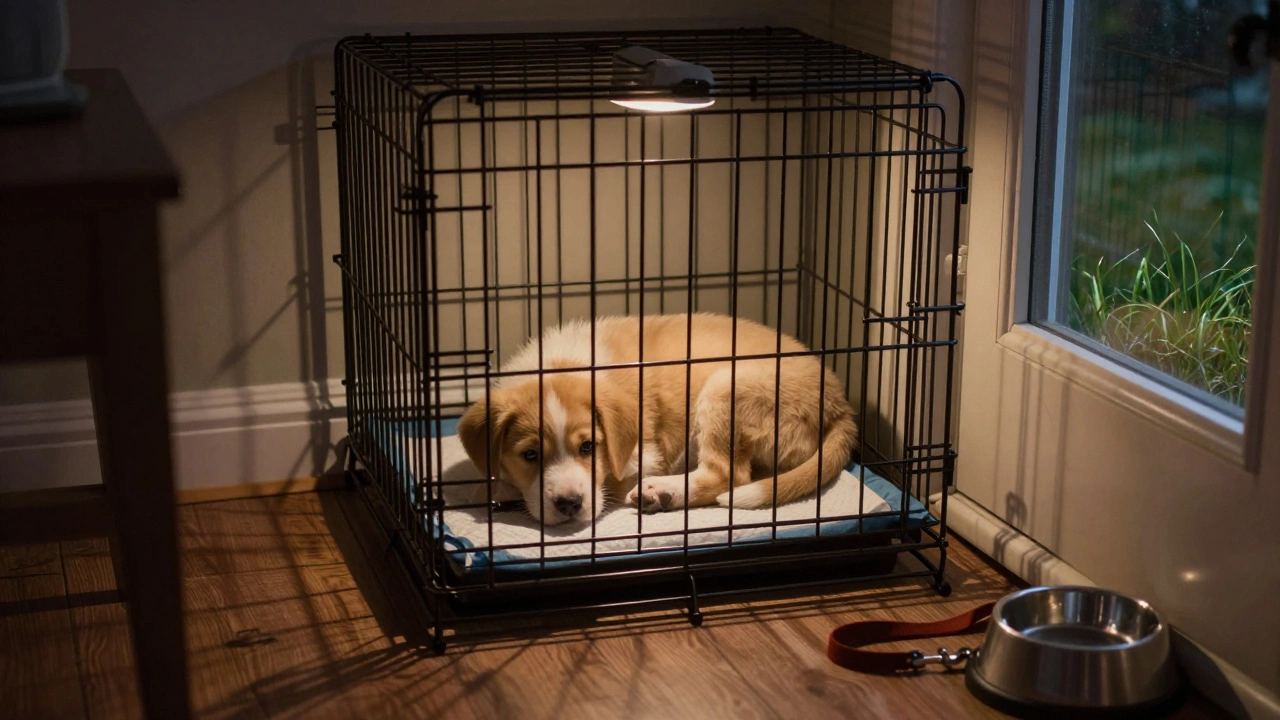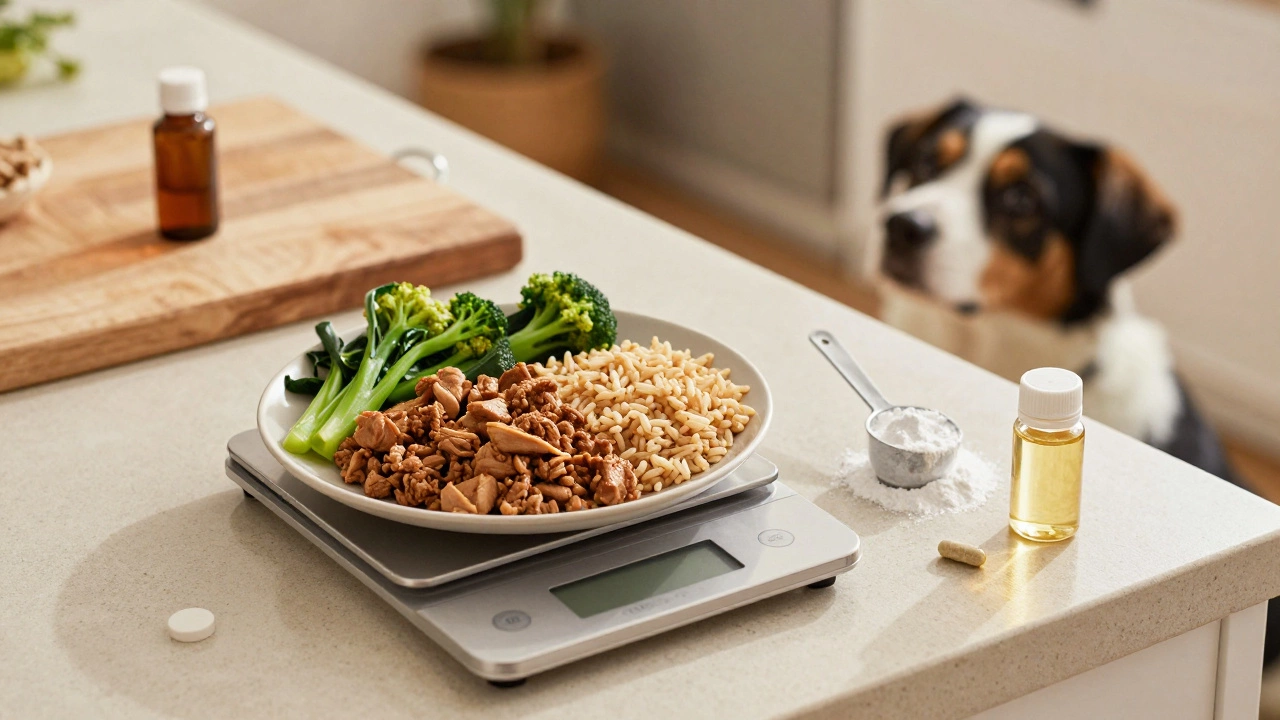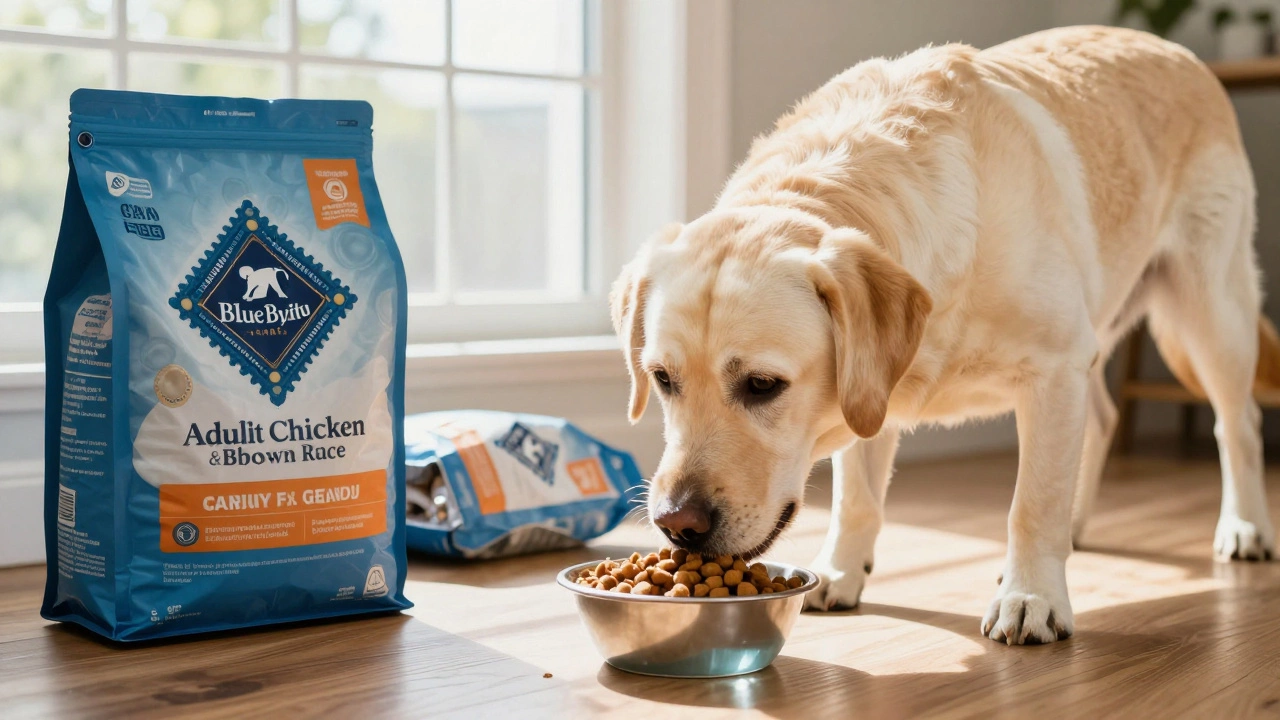September 2025 Pet Care Archive – Dog Training, Flight Costs & Puppy Mill Facts
Hey pet lover, you’ve landed on our September round‑up. We’ve pulled together three handy guides that knocked the doors off our blog this month. Whether you’re teaching your pooch new tricks, booking a ticket for a family vacation, or wondering what happens to puppies that never find a home, we’ve got you covered.
DIY Dog Training Made Simple
Training a dog at home feels intimidating, but break it down into bite‑size steps and it becomes a game. Start with a clear cue like “sit” and reward the moment your dog’s rear hits the floor – a treat or a quick belly rub works fine. Keep sessions under five minutes so your pup stays focused. Use a clicker or a consistent word to mark the exact behavior you want; that “click” tells the dog, “Yes, that’s right!” If your dog jumps or barks during a lesson, pause, wait for calm, then try again – the calm is the reward. Consistency beats intensity: practice the same cue in the kitchen, the backyard, and the car. Within a week you’ll notice better listening, and the bond with your dog will feel stronger.
Flying Your Dog in 2025
Planning a trip with your dog? The price tag varies by airline, cabin class, and size. In‑cabin fees in the UK average £45‑£85 for dogs up to 8kg, while larger breeds in the hold can cost £150‑£300 per flight. Think about hidden costs: health certificates, crate purchases, and pet travel insurance can add another £50‑£120. To shave off expenses, book early, use a carrier that meets airline specs (no extra crate fee), and sign up for airline loyalty programs that sometimes waive pet fees. Remember the paperwork – a recent vet check, microchip verification, and a completed Pet Travel Scheme (PETS) form are must‑haves for EU routes. By checking these boxes ahead of time you avoid surprise charges at the airport.
Lastly, we tackled the tough issue of unsold dogs in puppy mills. These facilities often end up with puppies that never leave the premises. Without proper oversight, many end up euthanized or live in cramped cages. In the UK and US, basic animal welfare laws require mills to provide food, water, and veterinary care, but enforcement is patchy. Spotting a mill can be as simple as noticing a large number of litters in a small yard, constant advertising, or a lack of socialization. If you suspect a mill, report it to your local council or the RSPCA with any photo or address details. Adoption groups are also working to rescue these dogs – donating time, supplies, or a foster home makes a real difference. Knowing the facts empowers you to act, whether you choose to adopt, volunteer, or spread the word.
DIY Dog Training: Step‑by‑Step Guide to Teach Your Dog at Home
Learn how to train your dog yourself with clear steps, proven methods, and tips for common problems. Boost obedience, strengthen bonds, and enjoy a well‑behaved pet.
How Much Does It Cost for a Dog to Fly? 2025 Prices by Airline, Route, and Size
What it really costs to fly a dog in 2025-cabin, hold, or cargo. UK/EU/US prices, hidden fees, paperwork, and money-saving tips in one clear guide.
Unsold Dogs in Puppy Mills: What Really Happens and How to Help
Clear answers on what happens to unsold dogs in puppy mills, UK/US law basics, warning signs, reporting steps, and ethical ways to help or adopt.








